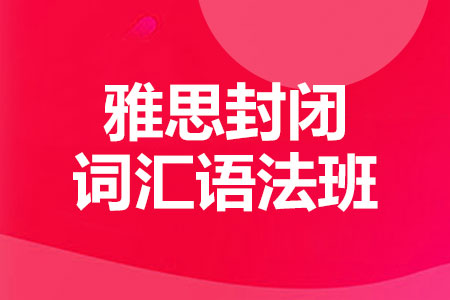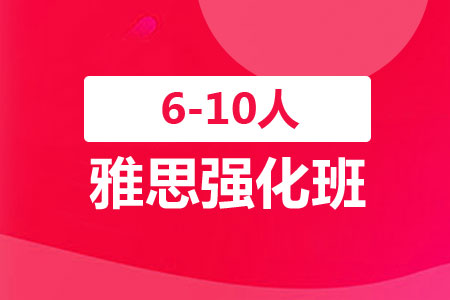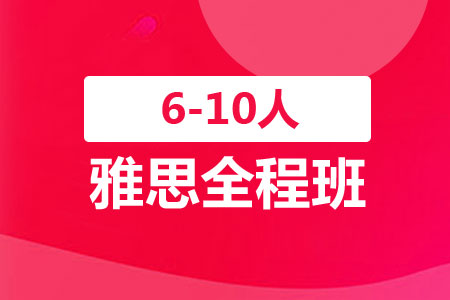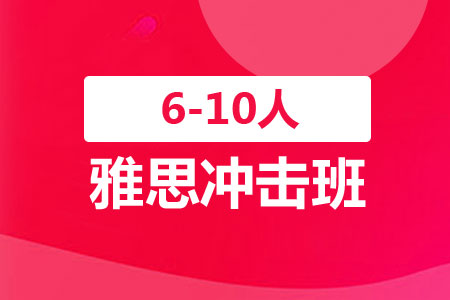剑桥雅思15Test3阅读Passage2原文及翻译
每年年中左右,国内“雅思图”都要翘首期盼一件重要大事的来临:雅思真题的发布。无论是备考初期、后期,甚至已经考过雅思的学生,也无论是学生还是老师,都会密切关注新题的发布。今年6月初,《剑15》如约而至、作为国内雅思培训的领军机构,新航道也时间为考生们带来了这太《剑桥雅思真题全解15:学术类》(以下简称《剑15全解》)。
本次我们盛情邀请了新航道全国冬分校最的学科带头人来组织编写这本《剑15全解》。其中,对于以客观选择题为主的听力与阅读部分,仍然请各校团队进行解题思路方面的指导;对于以主观题为主的写作与口语部分,我们则邀请了官方认证考官撰写地道的高分范文,作为官方范文之外的补充。下文中详细整理了剑桥雅思15Test3阅读Passage2原文及翻译,一起来看一下吧!
剑桥15电子版本,请扫描二维码,暗号“优化+剑桥15全解”,会有老师联系并发送资料。

1剑桥雅思15Test3阅读Passage2原文
producing clean water
A Travelling around Thailand in the 1990s, William Janssen was impressed with the basic rooftop solar heating systems that were on many homes, where energy from the sun was absorbed by a plate and then used to heat water for domestic use. Two decades later Janssen developed that basic idea he saw in Southeast Asia into a portable device that uses the power from the sun to purify water.
B The Desolenator operates as a mobile desalination unit that can take water from different places, such as the sea, rivers, boreholes and rain, and purify it for human consumption. It is particularly valuable in regions where natural groundwater reserves have been polluted, or where seawater is the only water source available.
Janssen saw that there was a need for a sustainable way to clean water in both the developing and the developed countries when he moved to the United Arab Emirates and saw large-scale water processing. 'I was confronted with the enormous carbon footprint that the Gulf nations have because of all of the desalination that they do,' he says.
C The Desolenator can produce 15 litres of drinking water per day, enough to sustain a family for cooking and drinking. Its main selling point is that unlike standard desalination techniques, it doesn't require a generated power supply: just sunlight. It measures 120 cm by 90 cm, and is easy to transport, thanks to its two wheels. Water enters through a pipe, and flows as a thin film between a sheet of double glazing and the surface of a solar panel, where it is heated by the sun. The warm water flows into a small boiler (heated by a solar-powered battery) where it is converted to steam. When the steam cools, it becomes distilled water. The device has a very simple filter to trap particles, and this can easily be shaken to remove them. There are two tubes for liquid coming out: one for the waste - salt from seawater, fluoride, etc. - and another for the distilled water. The performance of the unit is shown on an LCD screen and transmitted to the company which provides servicing when necessary.
D A recent analysis found that at least two-thirds of the world's population lives with severe water scarcity for at least a month every year. Janssen says that by 2030 half of the world's population will be living with water stress - where the demand exceeds the supply over a certain period of time. 4 It is really important that a sustainable solution is brought to the market that is able to help these people/ he says. Many countries 'don't have the money for desalination plants, which are very expensive to build. They don't have the money to operate them, they are very maintenance intensive, and they don't have the money to buy the diesel to run the desalination plants, so it is a really bad situation?
E The device is aimed at a wide variety of users - from homeowners in the developing world who do not have a constant supply of water to people living off the grid in rural parts of the US. The first commercial versions of the Desolenator are expected to be in operation in India early next year, after field tests are carried out. The market for the self-sufficient devices in developing countries is twofold - those who cannot afford the money for the device outright and pay through microfinance, and middle-income homes that can lease their own equipment. 'People in India don't pay for a fridge outright; they pay for it over six months. They would put the Desolenator on their roof and hook it up to their municipal supply and they would get very reliable drinking water on a daily basis/ Janssen says. In the developed world, it is aimed at niche markets where tap water is unavailable - for camping, on boats, or for the military, for instance.
F Prices will vary according to where it is bought. In the developing world, the price will depend on what deal aid organisations can negotiate. In developed countries, it is likely to come in at $1,000 (685) a unit, said Janssen. 4 We are a venture with a social mission. We are aware that the product we have envisioned is mainly finding application in the developing world and humanitarian sector and that this is the way we will proceed. We do realise, though, that to be a viable company there is a bottom line to keep in mind, he says.
GThe company itself is based at Imperial College London, although Janssen, its chief executive, still lives in the UAE. It has raised 340,000 in funding so far. Within two years, he says, the company aims to be selling 1,000 units a month, mainly in the humanitarian field. They are expected to be sold in areas such as Australia, northern Chile, Peru, Texas and California.
1剑桥雅思15Test3阅读Passage2原文
Desolenator 净水器
A 20世纪90年代,William Janssen 环游泰国时,对许多房子屋顶上简易的太阳能供热系统印象深刻,在这个系统里,太阳能被一块板子吸收,然后用于加热生活用水。20年后,Janssen将他在东南亚看到的这种简单的发明开发成了一种便携式设备,能利用太阳能来净化水。
B Desolenator 作为一种移动式淡化设备,可以将不同地方(如海洋、河流、水井和雨水)的水净化以供人类饮用。在天然地下水已被污染的地区,或者只有海水可用的地区,它显得尤其有价值。Janssen移居阿拉伯联合酋长国、参观大型水处理工厂时,发现在发展中国家和发达国
家都需要一种可持续的方式来净化水。他说:“摆在我面前的是,由于海湾国家所进行的海水淡化,他们拥有巨大的碳排放。”
C Desolenator每天可以生产15公升饮用水,足以维持一个家庭的烹饪和饮水需求。它的主要卖点是,与常规的淡化技术不同,它不需要发电来驱动:只需阳光即可。它的尺寸为120厘米x90厘米,有两个轮子,易于移动。水通过管道进入设备,并以薄膜形式在双层玻璃板和太阳能电池板表面之间流动,在此处被太阳加热。热水流入一个小型锅炉(由太阳能电池加热),在此化为蒸汽。当蒸汽冷却时,就变成了蒸馏水。该设备有一个非常简单的过滤器来过滤杂质,可以很容易地摇晃以除去它们。设备有两根用于排出液体的管子:一根排出废弃物-海水、氯化物等中的盐-另一根排出蒸
馏水。设备的性能显示在LCD屏幕上,并在需要时传输给维修公司。
D 最近一项分析发现,全世界至少三分之二的人口每年至少有一个月生活在严重缺水的状态下。Jansen说,到2030年,全世界一半的人员将面临缺水,即在一定时期内用水需求超过供给,他说:“将能够帮助这些人的可持续法解决方案推向市场,这一点非常重要。”许多国家“没钱去建设海水淡化厂,因为其高度依赖维;他们也没钱购买柴油来让谈化厂运转。因此,情况真的很糟糕。”
E 这个设备针对各种各样的用户-从发展中国家没有持续水供应的房主,到美国喝不上自来水的农村居民。在经过实地测试之后,Desolenator的首批商用机型有望明年采初在印度投入运营。在发展中国家,自给自足设备的市场由两类人构成-那些无法全款支付设备费用、也无法通过小额信贷支付的家庭,以及可以出租自家设备的中等收入家庭。Janssen说:“印度人不会全款购买冰箱;他们会分6个月付完。他们会把Desolenator放在屋顶,将其与市政供水连接,然后他们就能每天获得非常可靠的饮用水。”在发达国家,它的目标市场是无自来水可用的小众市场,例如用于露营、乘船或军队。
F 设备的价格会根据购买地点而不同。在发展中国家,价格取决于交易援助组织能够达成的协议。Janssen说,在发达国家,每台的价格可能会达到1000美元(合685英镑)。他说:“我们是一家具有社会使命的企业。我们知道,我们所设想的产品主要是在发展中国家和人道主义部门中得到应用,并且这就是我们将努力的方向。不过,我们确实意识到,要成为一家能存活的公司,必须要牢记底线。”
G 公司总部位于伦敦帝国理工学院,但公司首席执行官Janssen仍居住在阿联酋。到目前为止,公司已经筹集了34万英镑的资金。他说,公司的目标是在两年内每月销售1000台设备,主要在人道主义领域。它们有望在澳大利亚、智利北部、秘鲁、德克萨斯州和加利福尼亚州等地区销售。







